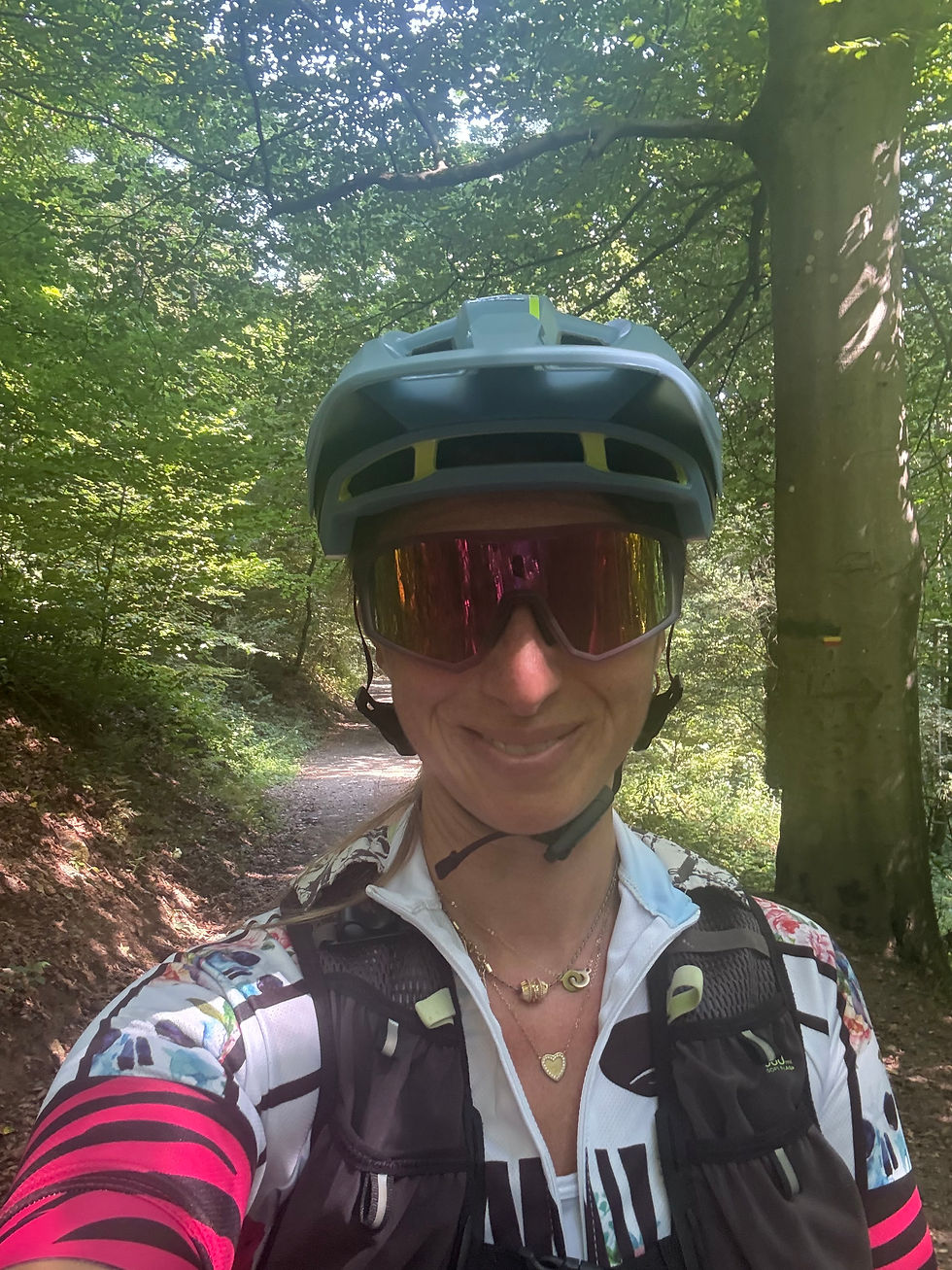Monday IINspiration:The Discipline of Flow
- Laura Galante

- Oct 13
- 3 min read
(Because discipline isn’t about control — it’s about care.)
For a long time, I told myself I loved change. And I did — at least the idea of it.
In reality, change scared me. Every time I tried to build a new habit or routine, I felt trapped. Routine, to me, was the enemy — the killer of creativity, spontaneity, and freedom.
So I lived in constant motion: new projects, new goals, new challenges. But inside, I was exhausted. Because when everything is new, nothing is stable.
I thought freedom meant doing what I wanted. But I learned that true freedom starts when I can rely on myself — on my rhythm, my focus, my consistency.
That’s when I realized: Discipline doesn’t limit you — it creates the conditions for flow.
The Turning Point

When I started meditating, I pushed hard. Sixty minutes, strict posture, every morning.Because that’s what “disciplined people” did, right? Until one day, I stopped completely. Burned out — from my own discipline.
During my yoga teacher training, an instructor told us:
“Don’t rush it. Ten minutes every day. It’s a journey, not a performance.”
That single sentence changed everything.
It made me rethink the relationship between discipline, flow, and creativity.
I discovered that routine doesn’t kill creativity — it protects it. When our brain doesn’t waste energy deciding what to do next, it can focus on creating, connecting, and innovating. Neuroscientists call this the “cognitive energy paradox” — the less we fight our routines, the more energy we have for creativity and problem-solving.
In fact, studies by researchers at Harvard and Stanford show that consistent routines lower cortisol, increase dopamine regulation, and enhance the brain’s ability to enter flow states — the very zone where creativity and performance merge.
The Science of Flow & Routine
Our nervous system thrives on rhythm. When habits become automatic, the prefrontal cortex (responsible for decision-making) relaxes, freeing up space for imagination and complex thinking.
Dr. Andrew Huberman (Stanford University) explains it simply:
“Discipline is the act of building neural pathways that make the important things easier to do.”
In other words, routine isn’t rigidity. It’s neuroplasticity in action. Every repetition strengthens the bridge between intention and action.
The right kind of discipline doesn’t control — it cares. It tells your nervous system: you’re safe here, you can create now.

How I Help My Clients Build Their Discipline of Flow
In my coaching and leadership programs, we translate this philosophy into practice — a structure that liberates, not limits.
🧭 Individual Coaching (1:1): We identify what truly matters — your energy cycles, values, and intentions — and build rituals that support your creativity and performance.
🤝 Peer Coaching & Team Programs: We create collective rhythms: shared rituals, accountability, and feedback loops that make discipline a flow state, not a pressure.
🚀 Leadership & Business Development: We link clarity to execution — designing structures that sustain innovation and well-being over time. Because sustainable growth isn’t about doing more — it’s about doing with intention.
Reflection for the Week
Ask yourself: What if your routine wasn’t a cage — but a canvas?
Where could you add ten minutes of intentional rhythm this week — something small, grounded, and meaningful that supports your creativity instead of fighting it?
Remember: Transformation doesn’t start with pressure. It starts with presence. And presence needs space — the kind of discipline creates.
Want to explore your own Discipline of Flow?
At CoachIIN, I help individuals and organizations shift from discipline as constraint to discipline as empowerment — turning routines into rituals and effort into ease.
🗓️ Book a discovery session → Let’s talk and start your journeyhttps://calendly.com/laura-galante-iin/discovery-meeting




Comments